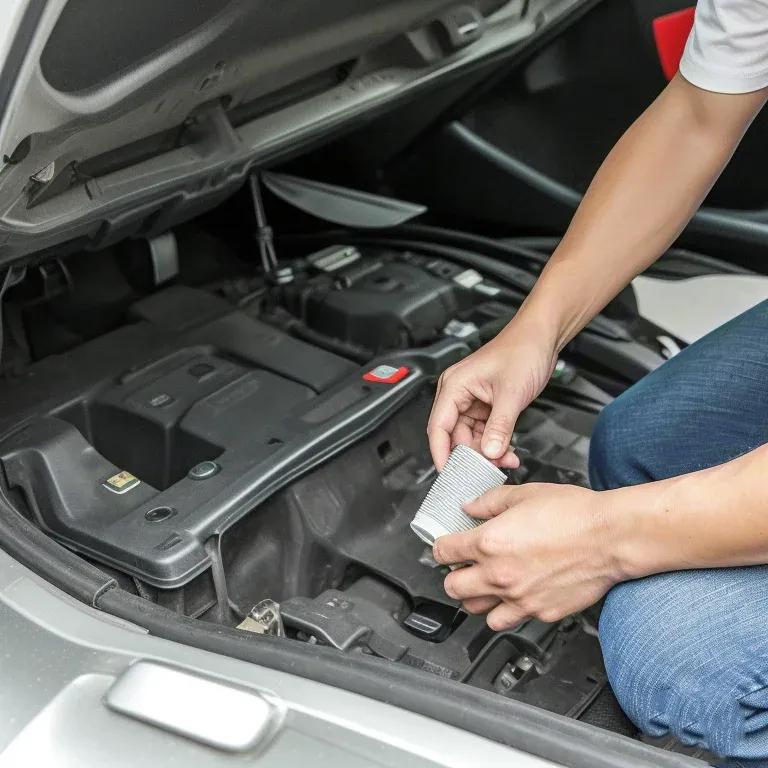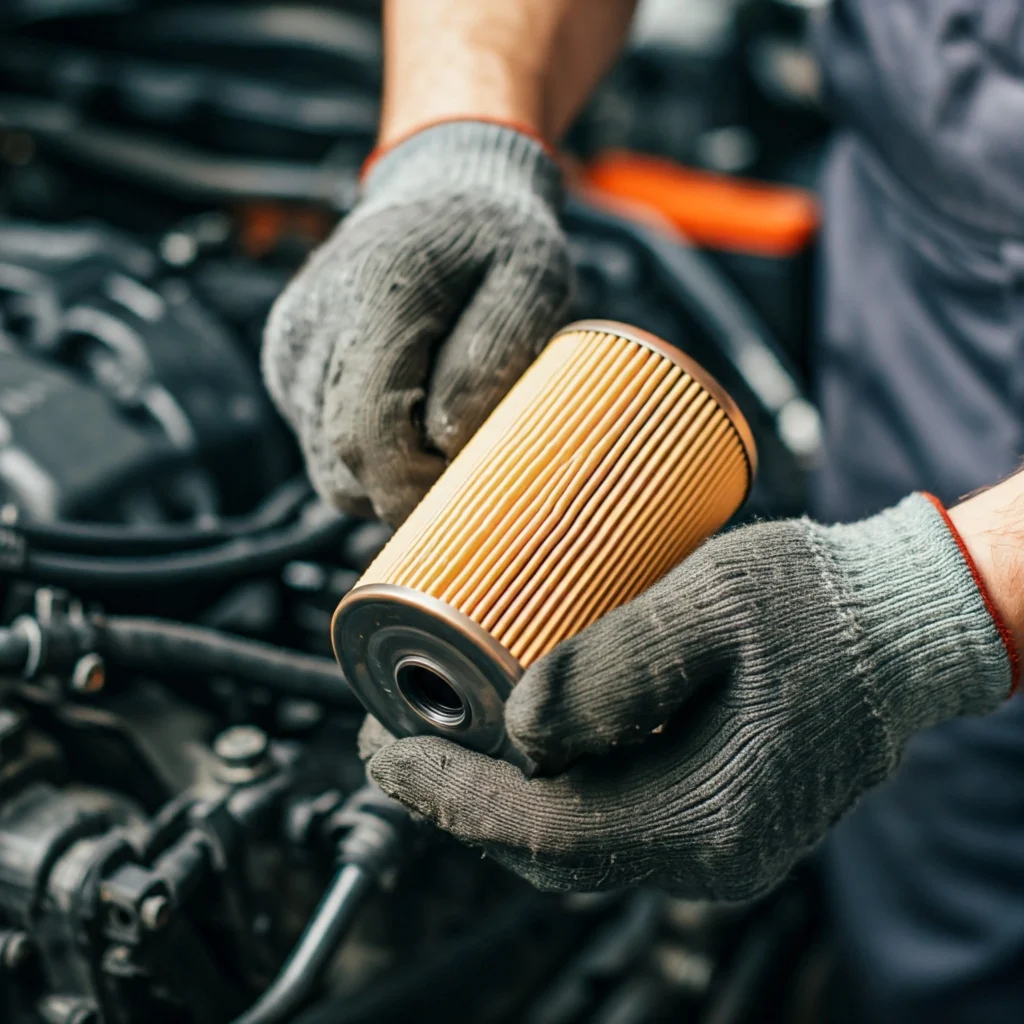In industrial equipment and automotive parts, there is a seemingly insignificant yet crucial component – the O-ring. Despite its simple structure, it plays a key role in sealing applications. From car engines to spacecraft, from household water purifiers to deep-sea devices, O-rings are ubiquitous. This article will delve into the materials, working principles, common issues, and selection tips of O-rings, helping you better understand and utilize this fundamental yet indispensable sealing element.
Basic Structure and Working Principle of O-rings
- What is an O-ring?
An O-ring is a circular rubber ring, typically made of elastic materials, used for static or dynamic sealing. Its main function is to prevent the leakage of liquids or gases while blocking external contaminants from entering the system.
- Sealing Principle
The sealing effect of an O-ring is based on compression deformation and the self-tightening effect of medium pressure:
Initial Sealing: During installation, the O-ring is compressed, generating contact pressure and forming an initial seal.
Pressure-enhanced Sealing: When the system pressure increases, the medium pressure pushes the O-ring against one side of the sealing groove, enhancing the sealing effect.

Common Materials of O-rings and Their Applicable Scenarios
Different application environments require O-rings made of different materials. Here are several common materials and their characteristics:
Material Properties Application Scenarios Temperature Range
NBR (Nitrile Butadiene Rubber) Oil-resistant, fuel-resistant Automotive oil lines, hydraulic systems -30°C to +100°C
FKM (Fluorine Rubber) High-temperature resistant, chemical-resistant Engine, chemical equipment -20°C to +200°C
EPDM (Ethylene Propylene Diene Monomer Rubber) Ozone-resistant, water-resistant Cooling systems, outdoor sealing -50°C to +150°C
Silicone (Silicone Rubber) High-temperature resistant, non-toxic Food and medical, high-temperature environments -60°C to +230°C
PTFE (Polytetrafluoroethylene) Super chemical-resistant Strong acid and alkali environments -200°C to +260°C
Common Failure Modes and Solutions for O-Rings
- Permanent Compression Set
Phenomenon: The O-ring loses its elasticity and cannot rebound.
Cause: Long-term exposure to high pressure or high temperature causes material aging.
Solution: Select high-elasticity materials (such as FKM), or optimize the seal groove design.
- Extrusion damage
Phenomenon: The O-ring is extruded by the high-pressure medium, resulting in damage.
Cause: Excessive clearance or pressure exceeding the tolerance range.
Solution: Use a backup ring or select a harder O-ring material.
- Chemical Corrosion
Phenomenon: O-rings expand, become brittle or dissolve.
Cause: Incompatibility with the medium (e.g., fuel corrodes rubber other than NBR).
Solution: Select appropriate materials based on the medium (e.g., fluorine rubber is resistant to fuel).
- Installation Damage
Symptom: Leakage caused by cuts or scratches on the O-ring.
Cause: Installation without lubrication or using sharp tools.
Solution: Use dedicated installation tools and apply lubricant (such as silicone grease).


- How to Choose the Right O-ring?
Determine the medium: oil, water, chemical solvents?
Temperature range: is high or low temperature resistance required?
Pressure rating: low pressure (<10 bar), medium pressure (10-100 bar), high pressure (>100 bar)?
Dynamic/static sealing: is frequent movement required? - Installation Precautions
Clean the sealing surface – avoid impurities affecting the sealing effect.
Proper lubrication – use compatible lubricants (such as silicone-based grease).
Avoid excessive stretching – generally, the stretching rate should not exceed 5%.
Check the groove size – ensure the compression rate is between 15% and 30%. - Future Development Trends of O-rings
Smart O-rings: Integrated with sensors to monitor sealing conditions in real time (such as pressure and temperature).
Environmentally friendly materials: Biodegradable rubber to reduce environmental pollution.
3D printing customization: Rapid production of O-rings with special sizes or materials.
Self-healing technology: Research and development of rubber materials that can automatically repair minor cracks.


Although O-rings are small, they play a huge role in industries such as manufacturing, automobiles, and healthcare. Choosing, installing, and maintaining O-rings correctly can significantly enhance equipment reliability and reduce the risk of leakage. The next time you see this small ring, consider that it might be quietly safeguarding the safe operation of some critical system!


